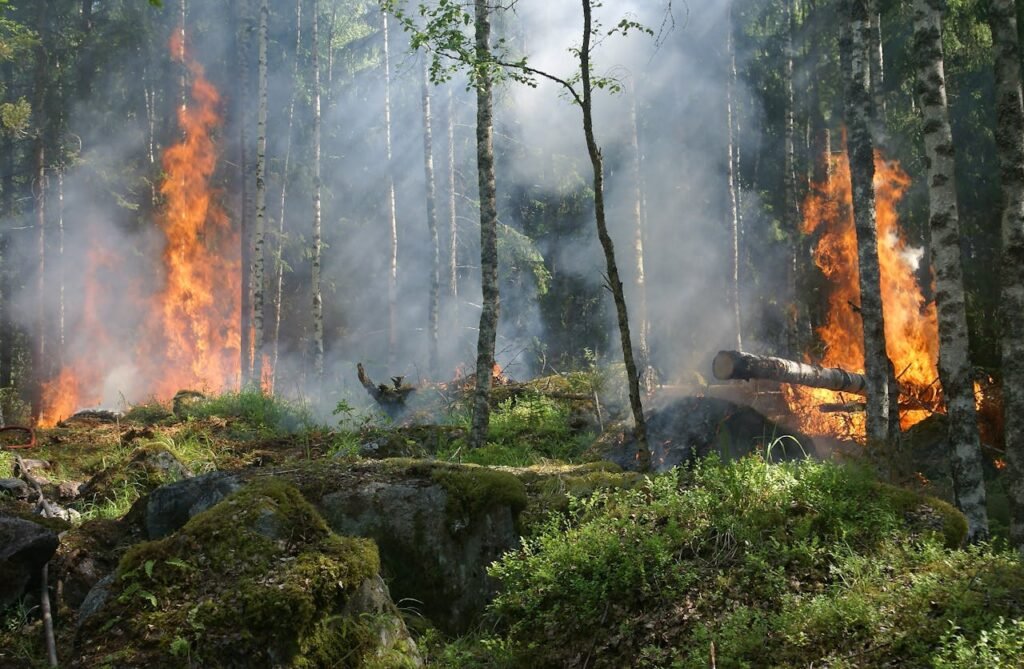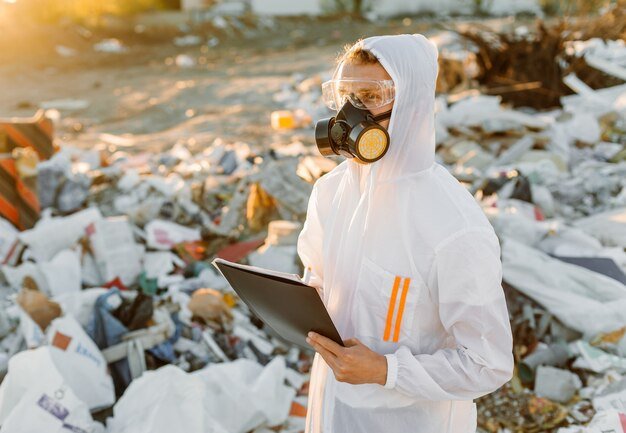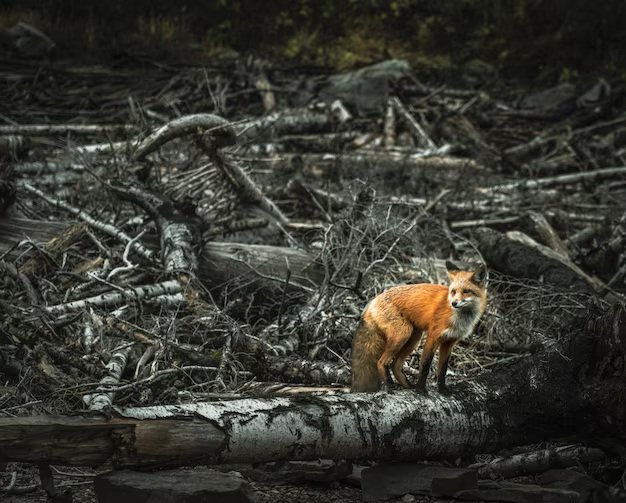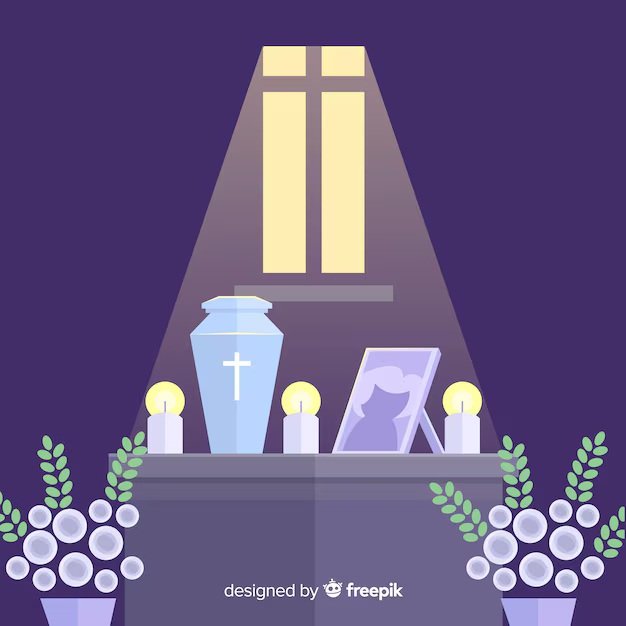How to Fight Wildfires Without Harming the Environment: Safer, Smarter, Greener Solutions
In July 2025, Western Canada continues to burn, with hundreds of wildfires still active—80 of them completely out of control—spewing toxic smoke, degrading ecosystems, and upending communities and livelihoods. Meanwhile, the U.S. faces longer, harsher fire seasons, too. Since 1973, fire-weather days in the West have increased by 21%, and by 37% in the Southwest—largely driven by human activity, which is responsible for 87% of ignitions.
As wildfires intensify, firefighting strategies increasingly rely on chemical suppressants like ammonium phosphate and AFFF foam. But this comes at a price. In 2002, a misdirected drop of red fire retardant in Oregon killed over 22,000 trout in Fall River. Across the country, firefighters exposed to PFAS chemicals in AFFF now face heightened cancer risks.
The urgent question remains: can we protect people and landscapes without sacrificing environmental health? The answer is yes—but only if we’re willing to reimagine wildfire management from the ground up. That means shifting our focus toward prevention, community resilience, ecological respect, and sustainable innovation.

Reclaiming Land Management Through Prevention, Not Poison
1. Controlled Burns
For thousands of years, Indigenous communities—such as California’s Karuk, Yurok, Miwok, Tübatulabal, North Fork Mono, and Tule River tribes—used carefully timed, low-heat fires to steward the land. They burned underbrush in mosaic patterns each season, encouraging the growth of useful plants like hazelnut and beargrass, and reducing the buildup that fuels intense wildfires. This approach maintained open forest canopies and healthy ecosystems long before modern ecology embraced these methods.
In California’s Alder Creek Grove—a giant sequoia habitat seriously damaged by the 2020 Castle Fire—Indigenous-led cultural burns returned in 2024. In May and October, members of the Tule River Indian Tribe, North Fork Mono, and Tübatulabal conducted low-intensity burns under Save the Redwoods League and federal guidance. These small, controlled burns reduced fuel near ancient giants like the Stagg Tree, and allied groups planted over 30,000 sequoia saplings afterwards to support recovery.
International comparisons reinforce these outcomes. In Australia, CSIRO-led research on the threatened Backwater grevillea found that cultural burns preserved a healthy mix of mature and young plants, supported natural regeneration, and protected the seed bank, while wildfires destroyed 99.6% of mature shrubs. The study also showed that cultural burning effectively reduced fuel loads.
These successes—guided by Traditional Ecological Knowledge and cross-cultural science—are reshaping fire management. Indigenous practices now inform large-scale efforts: California plans to burn more than 400,000 acres annually, and homeowner groups are receiving training to carry out safe local burns.
2. Fuel Thinning, Natural Firebreaks, and Infrastructure
Keeping forests healthy isn’t just about controlled burns—it’s also about smart pruning. Across California, land managers and homeowners are stepping in to thin overgrown vegetation by removing small trees and dense brush to interrupt what’s known as ladder fuels—those flammable plants that allow flames to climb from the forest floor to the canopy. A 20‑year study at UC Berkeley’s Blodgett Forest Research Station in the Sierra Nevada found that combining thinning with low‑intensity burns reduced fire risk far more effectively than either method alone by lowering surface fuel levels and limiting extreme fire behaviour.
Strategic rock-based firebreaks and shaded fuel breaks—wide clearings around homes and roads—are also receiving renewed focus. According to UC-based research, fuel breaks can significantly slow fires when actively supported by firefighting crews. Without such support, however, they stop fires only about 1% of the time. The lesson is clear: firebreaks are powerful tools—but only when maintained and integrated into broader action plans.
On the community side, grassroots groups known as fire-safe councils have sprung up across California, now numbering over 100. They help neighbours build defensible space—ideally a buffer of around 30 meters—remove dead brush, and even offer free chipper days. Many councils coordinate with CAL FIRE and local agencies to plan shaded fuel breaks and run community education programs.
Technology is joining the fight as well. Volunteer-driven wildfire apps like Watch Duty—staffed by former firefighters—provide real-time maps and alerts, giving communities early warnings and helping coordinate responses during emergencies.
Lastly, infrastructure upkeep is vital. Utility companies in California routinely inspect power lines to reduce spark-caused fires, while local authorities train citizen patrols to monitor campfire safety during dry seasons.
Toxic Tactics That Must End
1. Chemical Foam and PFAS Fallout
AFFF contains PFAS—nicknamed “forever chemicals” because they don’t break down in the environment or the human body. Over time, these chemicals have been linked to severe health risks, including cancer, thyroid disease, and reproductive issues.
Firefighters are increasingly being diagnosed with cancers tied to PFAS exposure, most notably testicular, kidney, and prostate cancers. According to TorHoerman Law, more than 6,000 AFFF foam lawsuit cases have already been filed against manufacturers like 3M, DuPont, and Chemours. Plaintiffs include both individual firefighters and municipalities, citing the long-term contamination of local water supplies and the resulting illnesses among firefighters.
In 2024, new research confirmed that PFAS can be absorbed through the skin, even during firefighting operations, and even when protective gear is worn. A University of Birmingham study found that up to 60% of certain PFAS compounds penetrated human skin in lab conditions, while the U.S. National Institute of Standards and Technology (NIST) identified PFAS contamination in firefighter gloves, hoods, and wildland gear. This means the very equipment and foam meant to protect firefighters may, over time, be exposing them to toxic chemicals.
One of the most alarming real-world examples comes from Kallinge, Sweden, where AFFF use at a nearby airbase contaminated local water supplies. PFAS levels in drinking water were found to be more than 2,400 times above recommended safety limits, sparking public outrage and a landmark class-action lawsuit. In 2023, a Swedish court ruled that residents had suffered personal injury due to elevated PFAS exposure.
2. Retardants with Environmental Fallout
Common fire retardants—based mostly on ammonium phosphate—may help stop flames, but research highlights serious environmental downsides. A USC study found these retardants release toxic metals like chromium, cadmium, lead, and arsenic, totalling over 380 tonnes to ecosystems between 2009–21. These chemicals leach into soils and waterways, threatening aquatic life and drinking sources long after fires are out. Despite use restrictions near sensitive habitats, large-scale aerial drops continue, risking long-term water pollution .
Greener Firefighting That Works
1. Water Drops & Natural Gel Retardants
Good news — we can fight fire without wrecking the planet. Modern aerial tankers now often use plain water sourced nearby, avoiding any residual chemicals altogether. And when extra help is needed, biodegradable gels based on natural starches, cellulose, or clay are stepping in. These gels are designed to be food-safe and coat vegetation or structures, slowing combustion before breaking down into non-toxic components. For example, “TetraKO” is a corn-starch‑based shifter: when mixed with water, it clings to surfaces, emits steam when heated, and outperforms simple water. Similarly, heat-activated silica-cellulose hydrogels are showing promise in protecting infrastructure during wildfires, with early tests indicating strong adhesion and insulating effects.
2. Manual Trenches & Sand Barriers
Sometimes, the oldest tools are the best. Hand‑dug trenches, sand berms, and rock barriers are coming back in style. They don’t require chemicals, spare wildlife from disruption, and give communities more control in stopping flames—and they’re often surprisingly effective at slowing fire spread.
3. Electric Vehicles & Refillable Systems
Some fire departments are going green in more ways than one. They’re bringing electric vehicles into their fleets to cut emissions, and switching from disposable chemical containers to reusable systems that refill with water or gel. These moves reduce both carbon footprints and plastic waste.
High‑Tech Meets Low‑Impact
1. AI Firewatch and Satellite Surveillance
Thanks to AI paired with thermal satellite data (like NASA’s FIRMS using MODIS/VIIRS), tiny heat spikes and drifting smoke plumes spark alerts long before a blaze becomes a crisis. For example, NOAA’s AI now flags wildfires as small as one acre via weather satellite imagery—a big leap forward in spotting tiny threats early. Meanwhile, Google’s FireSat satellite constellation, now launching extra satellites after its first in March 2025, promises global monitoring every 15–20 minutes, giving firefighters real-time insight into fast‐moving blazes.
2. Drones in the Skies
Thermal drones have become the workhorses of modern fire mapping, offering live views of hotspots with no risk to human pilots. California’s CAL FIRE trains and equips UAV fleets to track fire fronts and intensity, even through dense smoke. In Germany, AI‑driven drones like Silvaguard are already deployed alongside wireless gas sensor networks to identify and image early ignition zones.
3. Smart, Solar‑Powered Sprinklers
On the ground, sensor‑equipped, solar‑powered sprinklers quietly protect homes. They track humidity and heat, activating automatically to wet defensible space before firefighters show up. This innovation reduces water waste, cuts reliance on chemicals, and eases manual labour. These proactive sprinklers are showing promise in multiple high‑risk regions, easing the overall response burden.
Actionable Advice: What You Can Do
Community & Policy Level
Start by pushing for prescribed and cultural burning programs in local forests. That means lifting bans and giving real resources—funding, permits—to Indigenous groups to lead controlled burns. In California, Senate Bill 310, signed in September 2024, now allows tribes like the Karuk to perform cultural burns without needing Cal Fire oversight, recognising tribal sovereignty over ancestral fire traditions. Partnering with Indigenous communities restores land stewardship and brings fire regimes back into ecological balance .
Update building codes to require fire-resistant materials and support homeowners with subsidies for smart sprinkler systems and defensible landscaping.
Individual & Household
For your own home, install motion-triggered sprinklers and keep the area around your house clear of flammable debris. Consider volunteering with local fire-watch teams—they often appreciate extra eyes and hands. And don’t hesitate to talk with neighbours and local officials about the hidden dangers of chemical suppressants—educating your community can spark real change.
For Agencies & Land Managers
Demand that aerial firefighting services prioritise chemical-free turndown options, choosing water drops over chemical retardants where possible. Push for investments in electric-vehicle tanker trucks and the use of eco-friendlier retardants. Adopt drone surveillance and AI-powered early detection tools as standard practice.
When fires are extinguished, publish transparent toxicology reports highlighting which methods had the least environmental impact. Sharing that data helps communities and decision-makers choose greener firefighting methods.
Learn More: Prescribed Burning Cuts Wildfire Damage and Pollution — Here’s the Science
Conclusion:
Yes, we can fight wildfires without poisoning the land. By combining prescribed burns, traditional fire wisdom, natural firefighting agents, cutting-edge technology, and community empowerment, we build a defence that goes beyond the flame, restoring forests as active, healthy ecosystems.
Our mission isn’t simply to extinguish fires—it’s to foster resilient habitats that thrive with fire’s natural role. We owe it to our planet and to future generations.







